Anne Noble
Song Sting Swarm
30 November - 22 December 2012
Anne Noble’s work shows a preoccupation with how we know or understand the places we see and inhabit. Her interest is not just in what we see, but the how and the why – the cognitive processes that link seeing, understanding, and representing photographic work.
In her latest series of work Noble has turned her attention to the life cycle and habitat of bees. She herself is a beekeeper and her project grew out of a conversation with a scientist who was putting whole hives of bees to sleep to observe and monitor their waking habits following anaesthesia.
“I was captivated by the thought of a multitude of waking bees and embarked on a parallel observational study of one of his hives, my own beehive and the bees of others. Lately I have become a chaser of swarms.
These photographs are echoes of my own experience of wonder, curiosity and fear for this extraordinary species”.
… The bee is above all a creature of the crowd. She can live only in the midst of a multitude. When she leaves the hive, which is so densely packed that she has to force her way with blows of her head through the living walls that enclose her, she departs from her proper element. She will dive for an instinct into flower-filled space, as the swimmer will dive into the sea that is filled with pearls, but under pain of death it behoves her at regular intervals to return and breathe the crowd as the swimmer must return and breathe the air. Isolate her, and however abundant the food or favourable the temperature, she will expire in a few days, not of hunger or cold, but of loneliness. From the crowd, from the city, she derives an invisible aliment that is as necessary to her as honey. This craving will help to explain the spirit of the laws of the hive. For in them the individual is nothing, her existence conditional only, and herself, for one indifferent moment, a winged organ of the race.1
1 Maurice Maeterlinkck. The Life of the Bee, Dodd, Mead and Company, New York, 1901
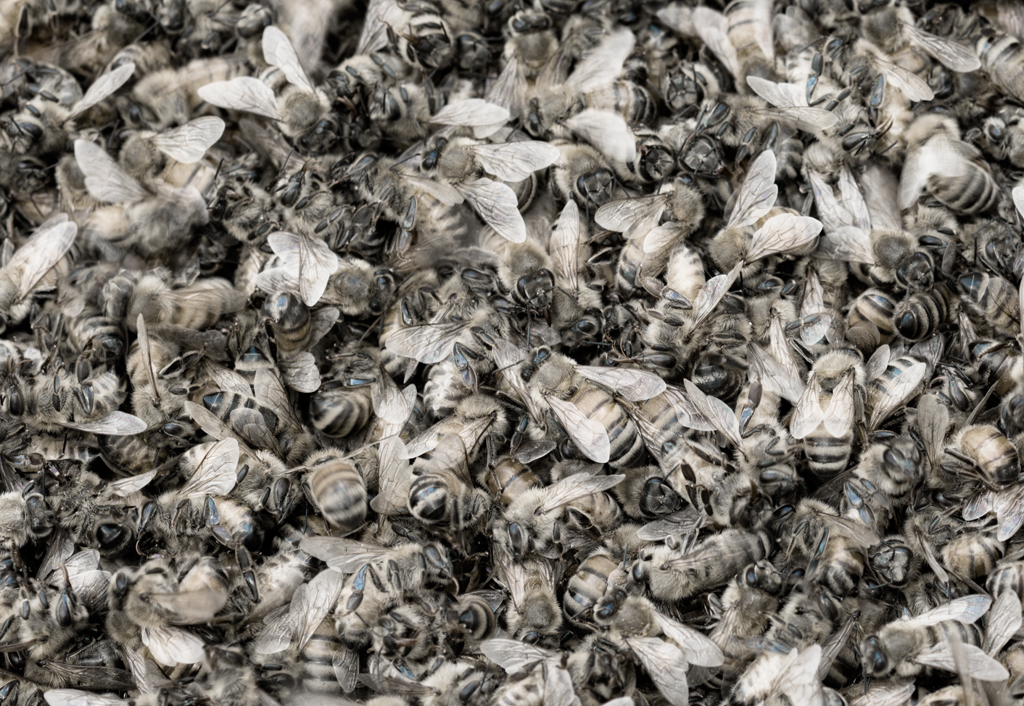
Inkjet print, Pigment on Ilford Gold Fibre Silk 310 gsm paper
1000 x 1500 mmm
Edition of 10
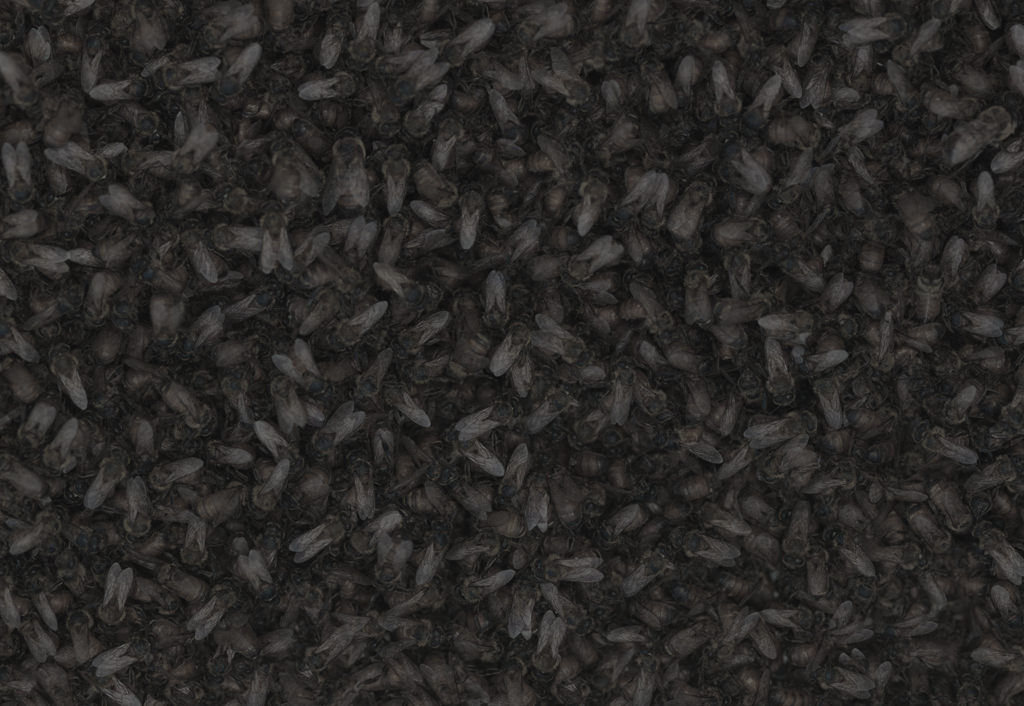
Inkjet print. Pigment on Ilford Gold Fibre Silk 310 gsm paper.
1000 x 1500 mmm
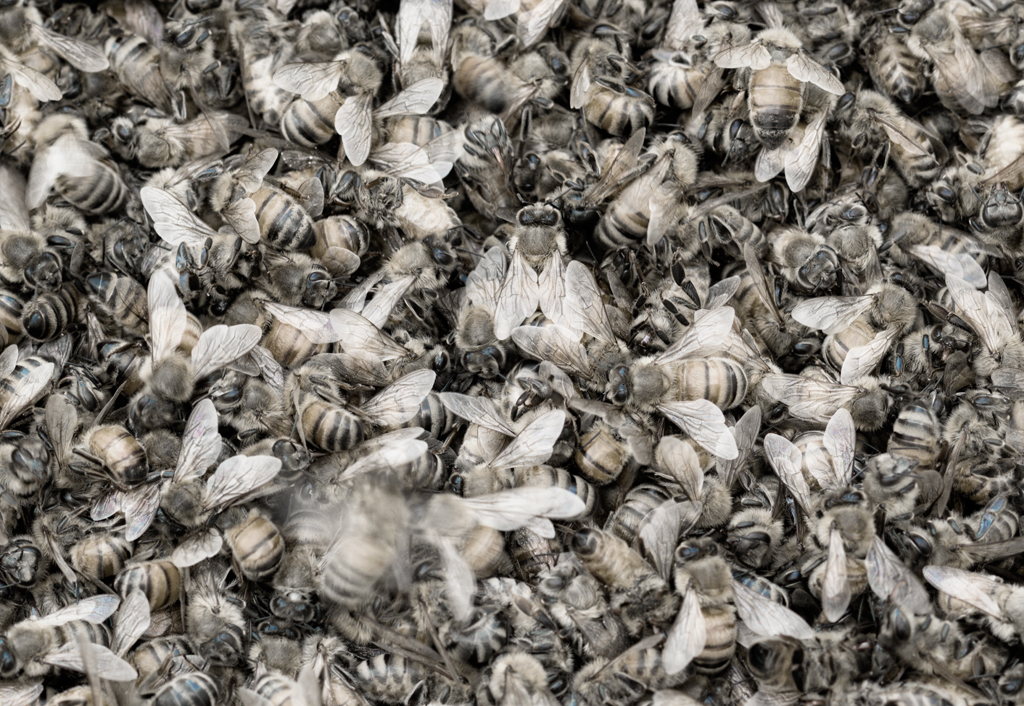
Inkjet print. Pigment on Ilford Gold Fibre Silk 310 gsm paper.
1000 x 1500 mmm
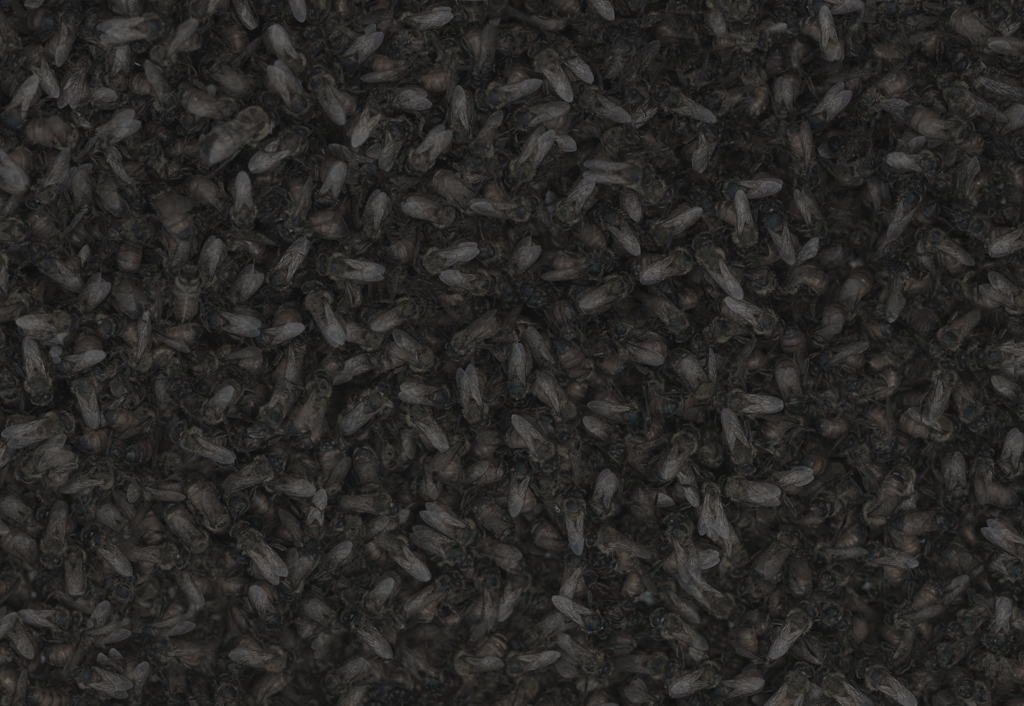
Inkjet print. Pigment on Ilford Gold Fibre Silk 310 gsm paper.
1000 x 1500 mmm
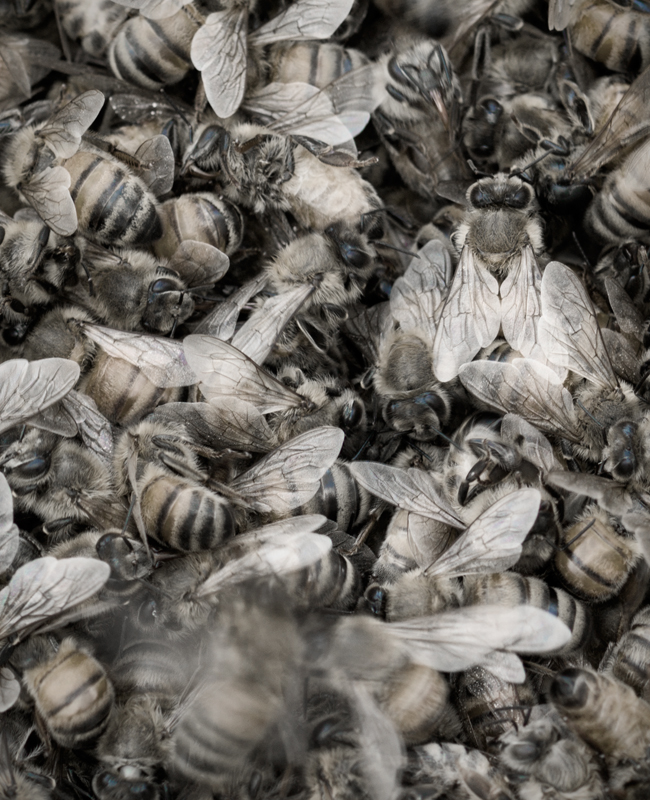
Inkjet print. Pigment on Ilford Gold Fibre Silk 310 gsm paper.
600 x 500 mm
edition of 10
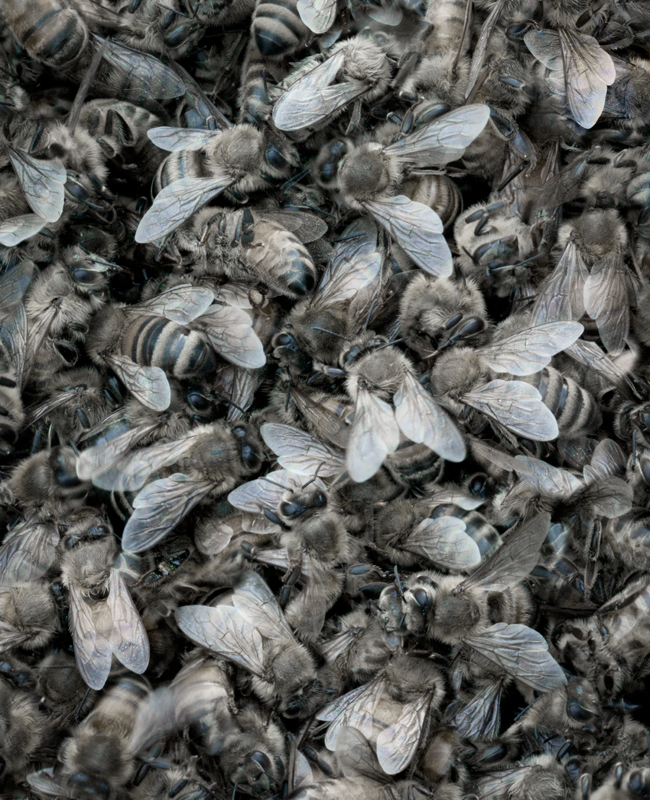
Inkjet print. Pigment on Ilford Gold Fibre Silk 310 gsm paper.
600 x 500 mm
edition of 10
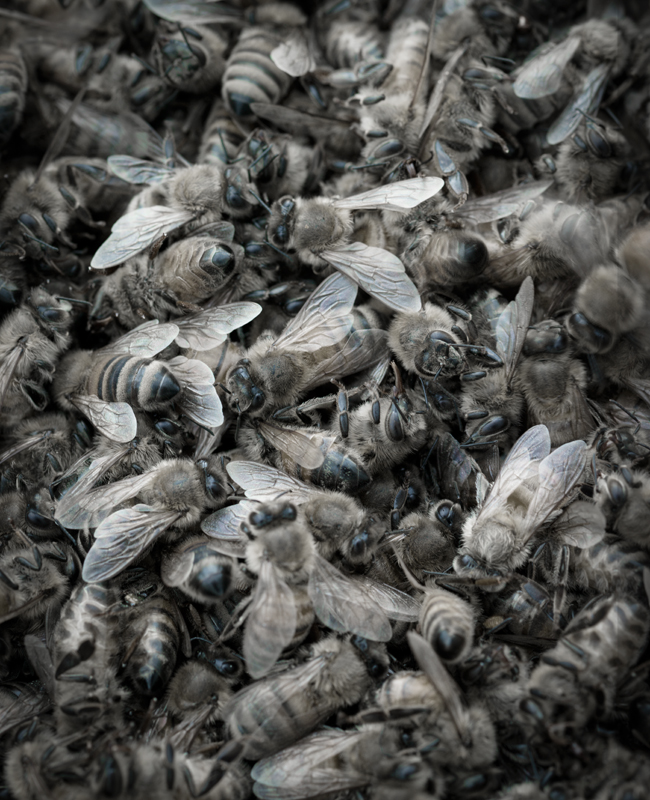
Inkjet print. Pigment on Ilford Gold Fibre Silk 310 gsm paper.
600 x 500 mm
edition of 10
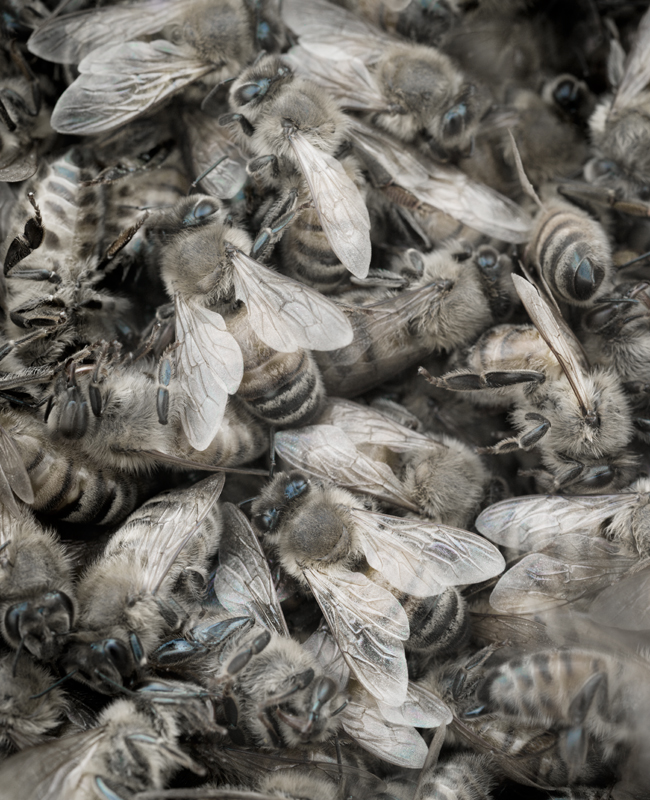
Inkjet print. Pigment on Ilford Gold Fibre Silk 310 gsm paper
600 x 500 mm
Edition of 10
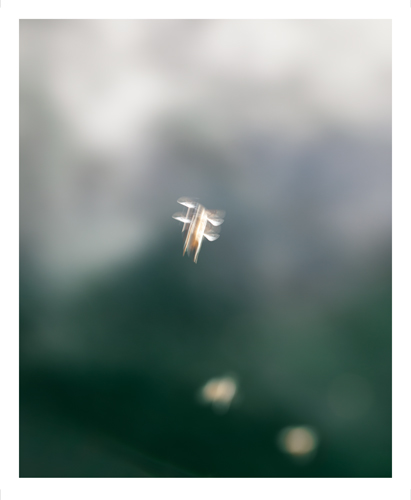
Inkjet print. Pigment on Ilford Gold Fibre Silk 310 gsm paper.
600 x 500 mm
edition of 10
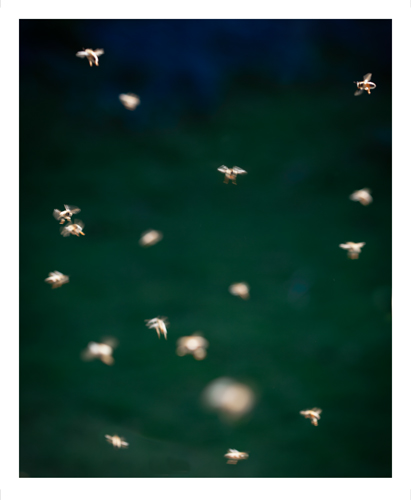
Inkjet print. Pigment on Ilford Gold Fibre Silk 310 gsm paper.
600 x 500 mm
edition of 10
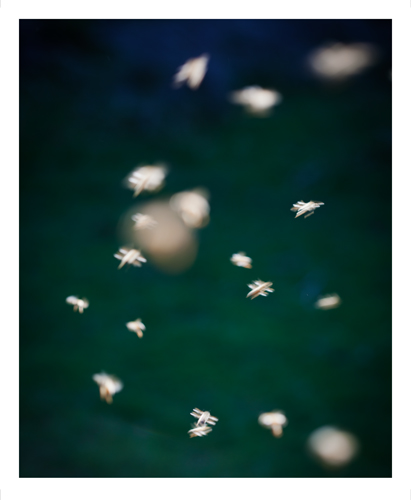
Inkjet print. Pigment on Ilford Gold Fibre Silk 310 gsm paper.
600 x 500 mm
edition of 10
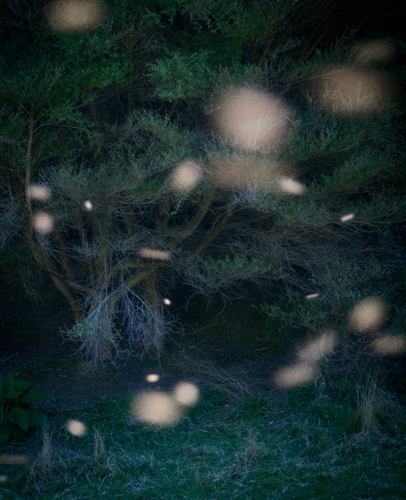
Inkjet print. Pigment on Ilford Gold Fibre Silk 310 gsm paper.
600 x 500 mm
edition of 10
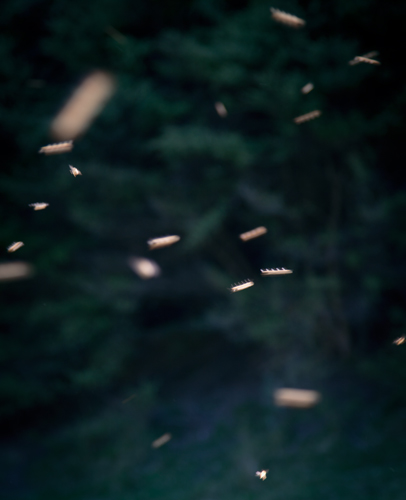
Inkjet print. Pigment on Ilford Gold Fibre Silk 310 gsm paper.
600 x 500 mm
edition of 10